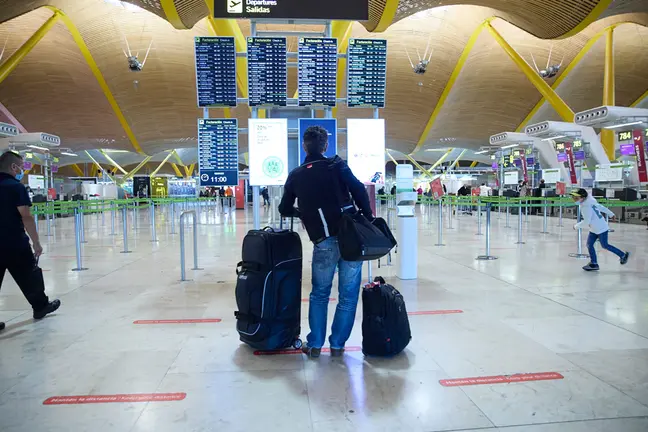The Finnish government already warned of the authorities' lack of control over the epidemic on Thursday, in its latest Covid-19 monitoring report: the coronavirus is spreading at high speed across Finland and the incidence of new cases has increased sharply since February.
Health authorities are especially concerned about the sharp increase in cases in the Åland archipelago, a very small island community where the incidence has soared to 427.7 cases per 100,000 inhabitants in the last 2-week period, according to the National Institute for Health and Welfare (THL).
In the Helsinki and Uusimaa hospital district -which serves the capital and its metropolitan area- the incidence of new cases in the last 14 days stood at 281.6 new cases per 100,000 inhabitants on Friday.
These levels of incidence are higher, for example, than that of some of the countries that have been hit hardest by the pandemic, according to the latest figures released by the European Center for Disease Prevention and Control (ECDC): Belgium (279) Spain (249,8), Czechia (207.5), Portugal (173.8), Germany (129.9).
The most worrying thing is that these high levels show that Covid-19 is no longer only a threat to the inhabitants of Helsinki and its surroundings. There is also a high incidence in other hospital districts: Satakunta (215.3 new cases per 100,000 residents), Southwest Finland (173.4), South Savo (137.3), South Karelia (124.4) and Vaasa (109.7), according to THL's numbers.
Even in remote and sparsely populated Lapland the incidence of new cases has increased and reached 55.5 on Friday.
704 new cases, 3 deaths on Friday
The average incidence for Finland as a whole is 143.1 new cases per 100,000 inhabitants, according to THL.
Health authorities are also facing in recent weeks a sharp increase in the number of daily infections and an increase in the number of hospitalizations.
According to THL, 704 new infections and 3 deaths were reported on Friday. To date, 60,904 people have been infected with Covid-19 in Finland, and 767 have died.
The number of people admitted to hospitals amounts to 239, most of them (135) in medical centers in the capital area.
The hopeful news is that the pressure on intensive care wards is still not high, with a total of 38 patients throughout the country.













